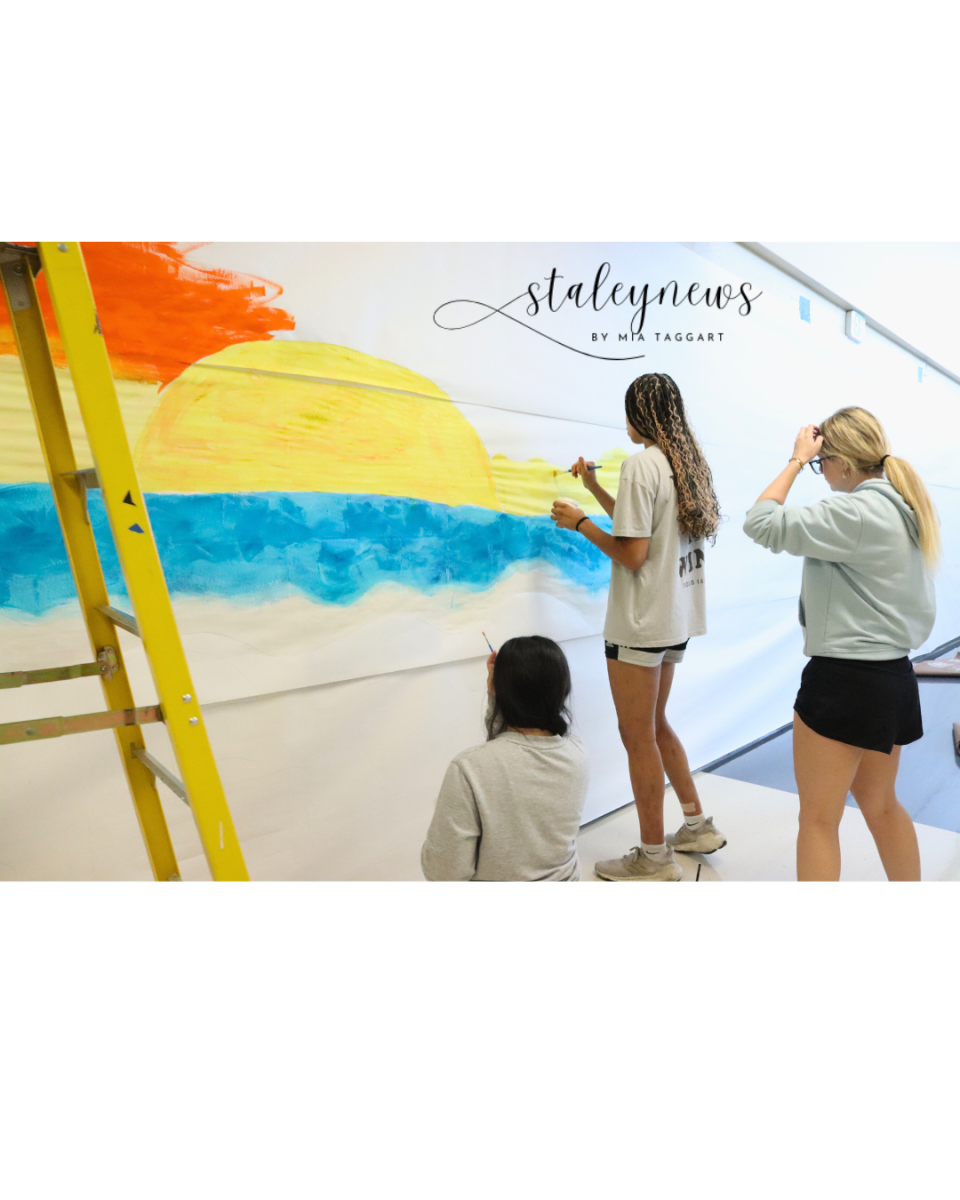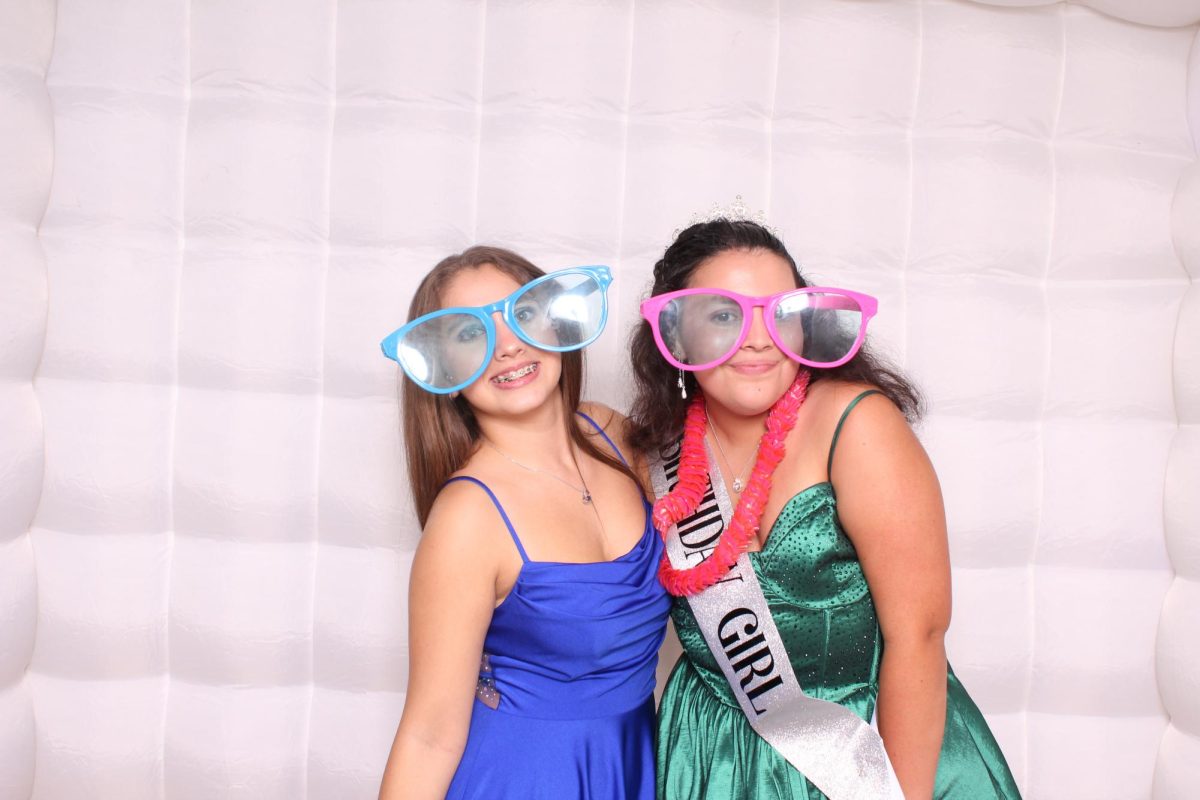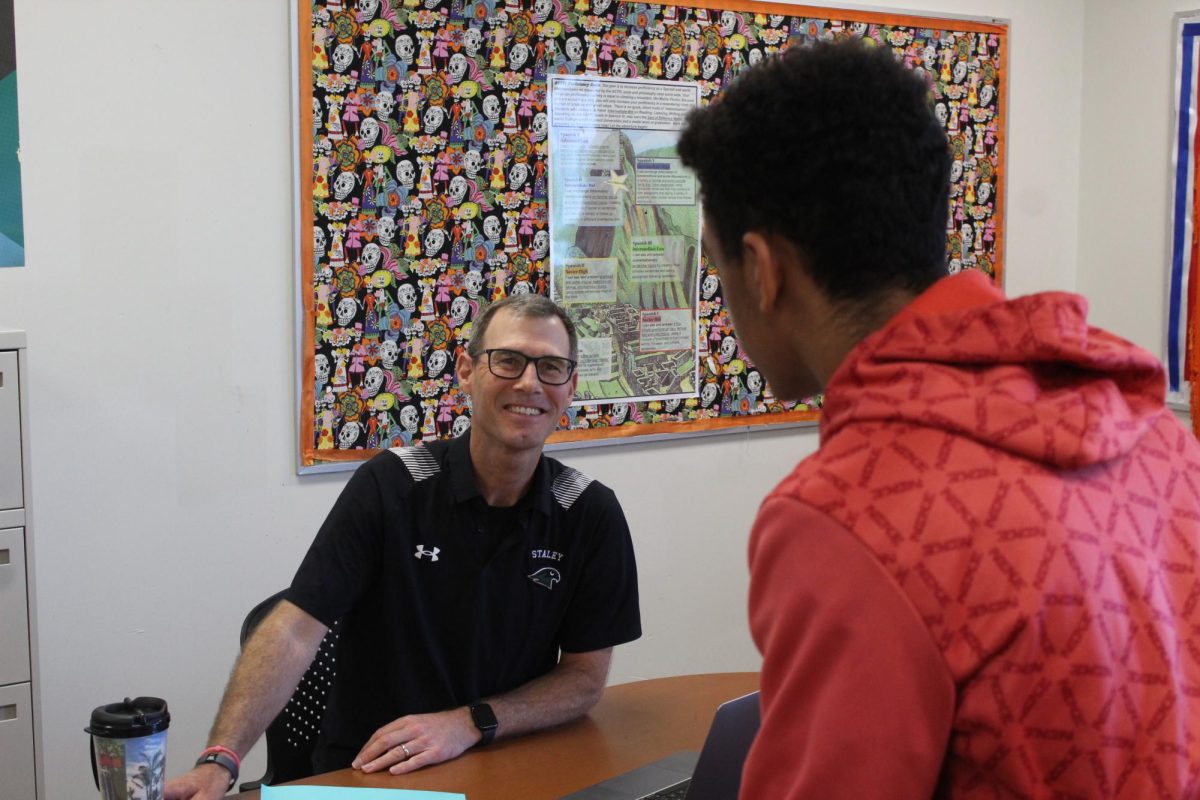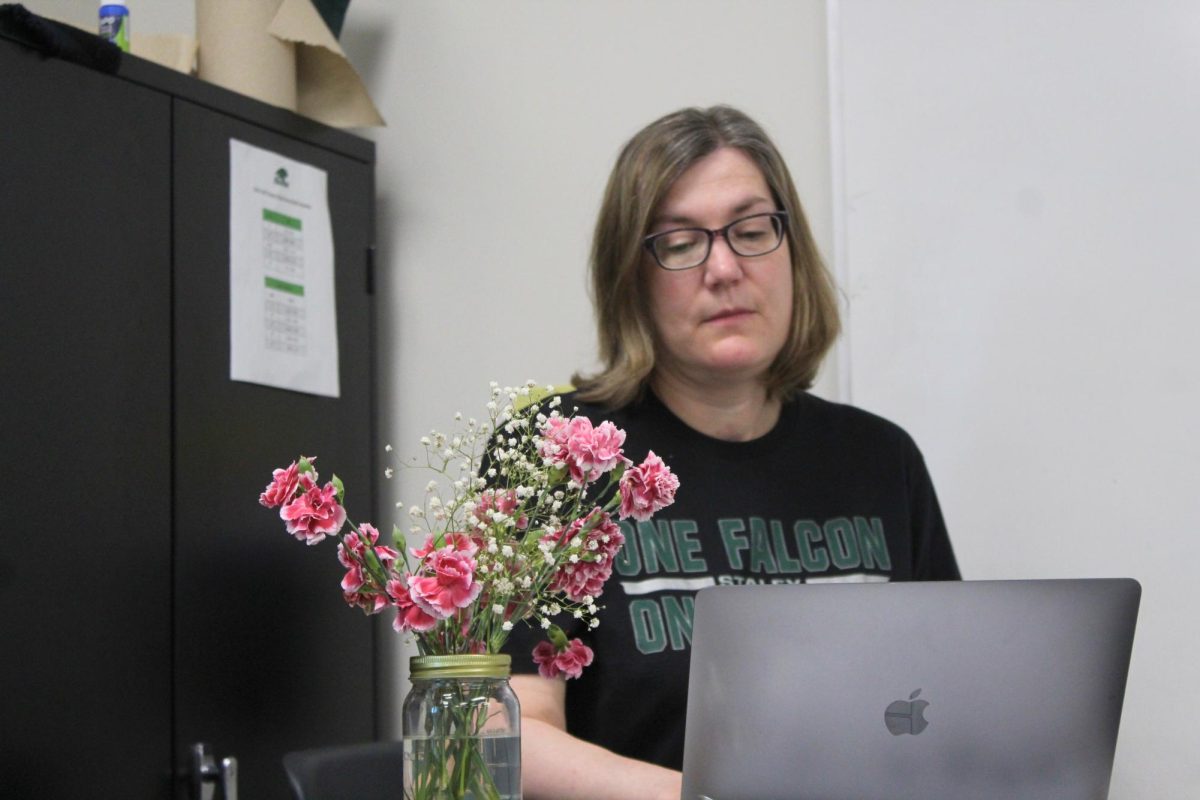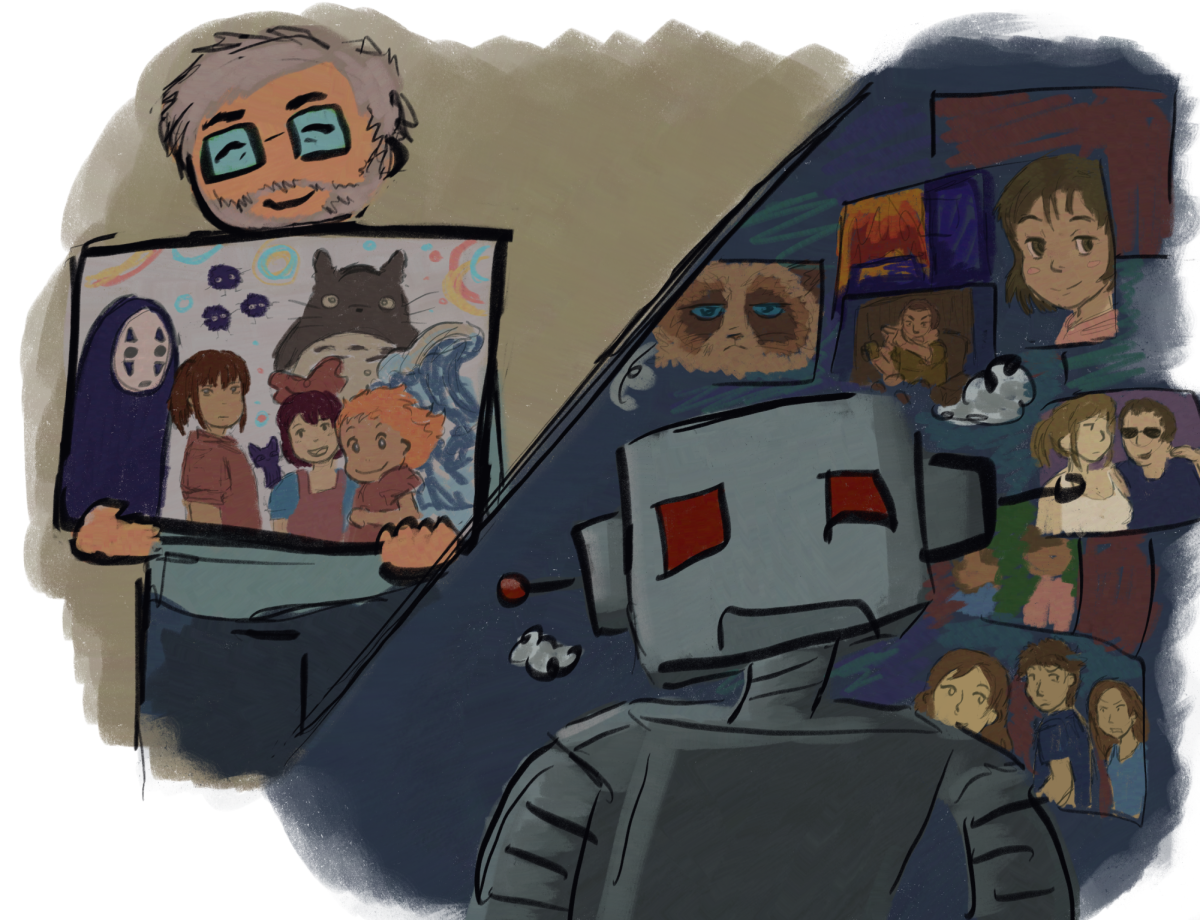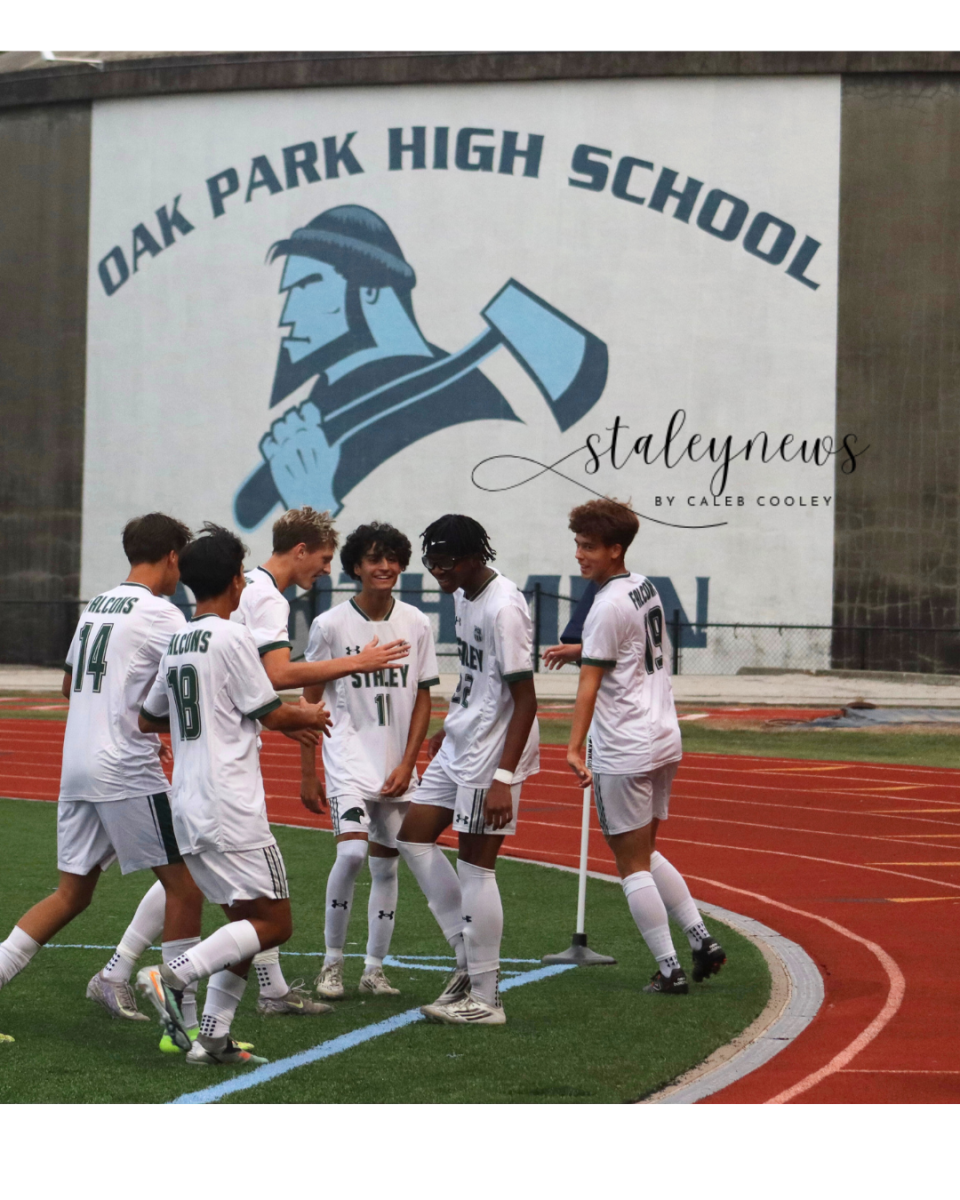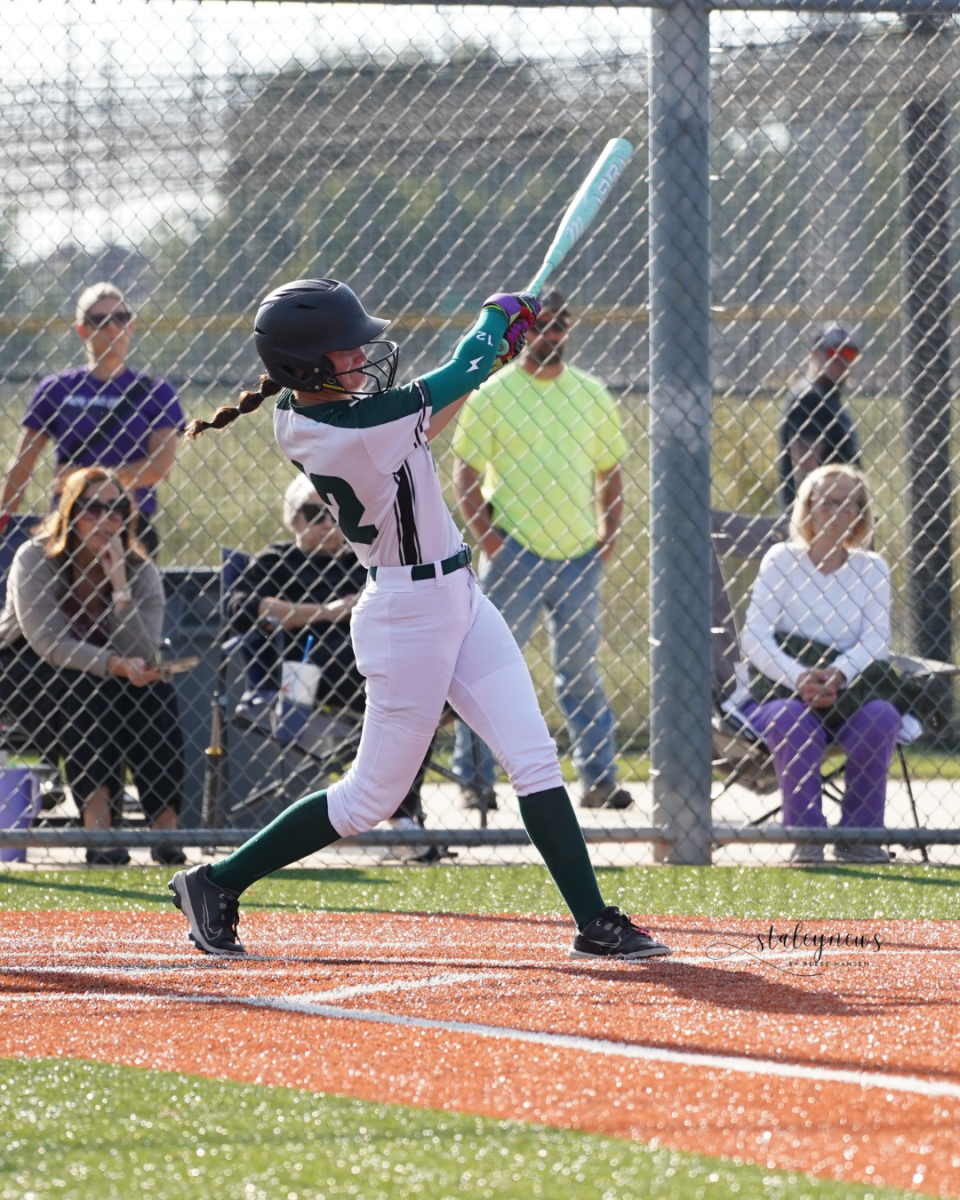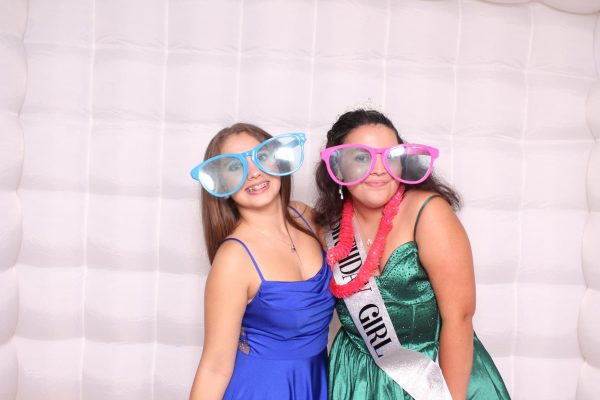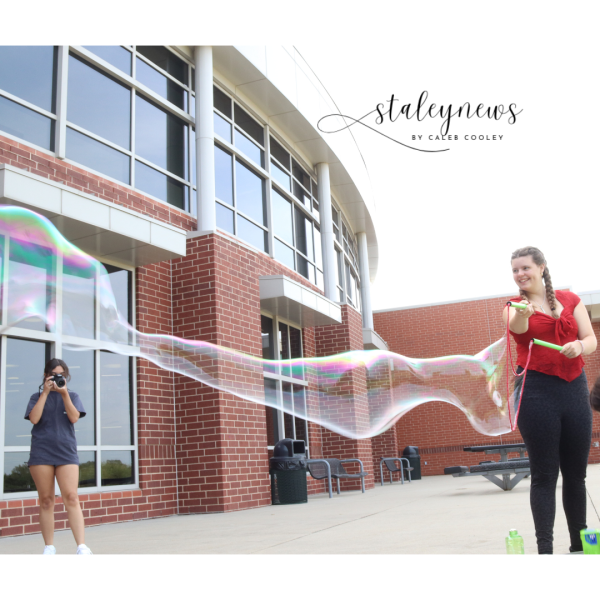The Dark Side of Love: Cyberstalking Trends Among Teens
Although social media has opened doors to communication with seemingly good intentions, it has also given easier access to those with harmful intentions. Cyber stalking has seen an upward trend in the past decade, and according to the Cyberbullying Research Center, there are an estimated 2.2 million students in grades 6-12 who were cyberbullied in 2011 alone.
“Cyberstalking is when people use any type of electronic means to bully or intimidate another person,” said Community Resource Specialist Tammy Slauson. “Along with that, making someone feel uncomfortable.”
Scrolling through photos or posts on social media isn’t considered to be cyberstalking. However, when constant comments or messages appear, making someone feel distressed or threatened, it escalates into cyberstalking and can have legal repercussions.
“It depends on what you want to do with the information and what your intentions are,” said sophomore Rebecca Robbins. “If you just want to learn more about them because you have a crush on them or you want to talk to them about something they’re interested in, then that’s one thing.”
According to a study by “Working to Halt Online Abuse,” 80 percent of 304 cases of cyberstalking that were studied worsened over time.
“[The student] needs to tell a parent, especially if they’re an underage student,” said Resource Officer Landon Rogers, describing the steps a student should take once they know they are being cyber stalked. “Don’t delete the evidence. Block the bully if possible, then report it to a proper authority, which could be me or the police department.”
Students can take precautions against cyberstalking by not communicating with people they don’t know online or simply by changing settings on social media sites to “private.” Another way to see how well students are protecting themselves can be to do a search on their own names to see how much information a potential cyberstalker can find about them.
“It’s just creepy,” said senior Sarah Queen, who said she had been cyberstalked before. “It’s more comfortable, because it’s not an actual stalking. They cannot physically touch you, but it is still just as scary.”




